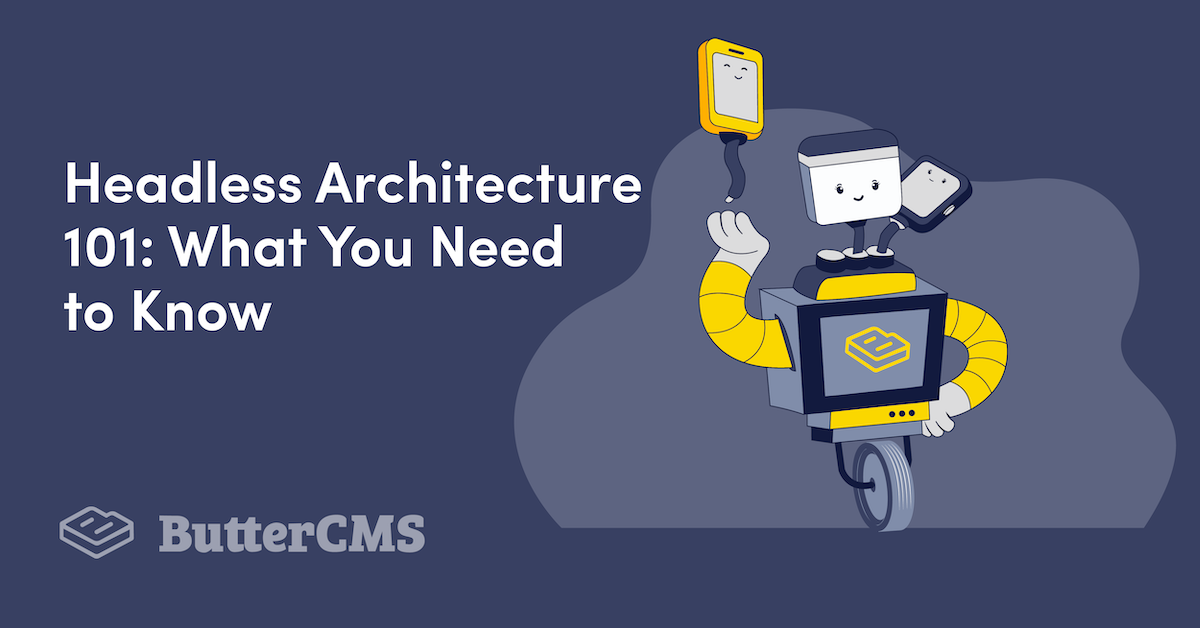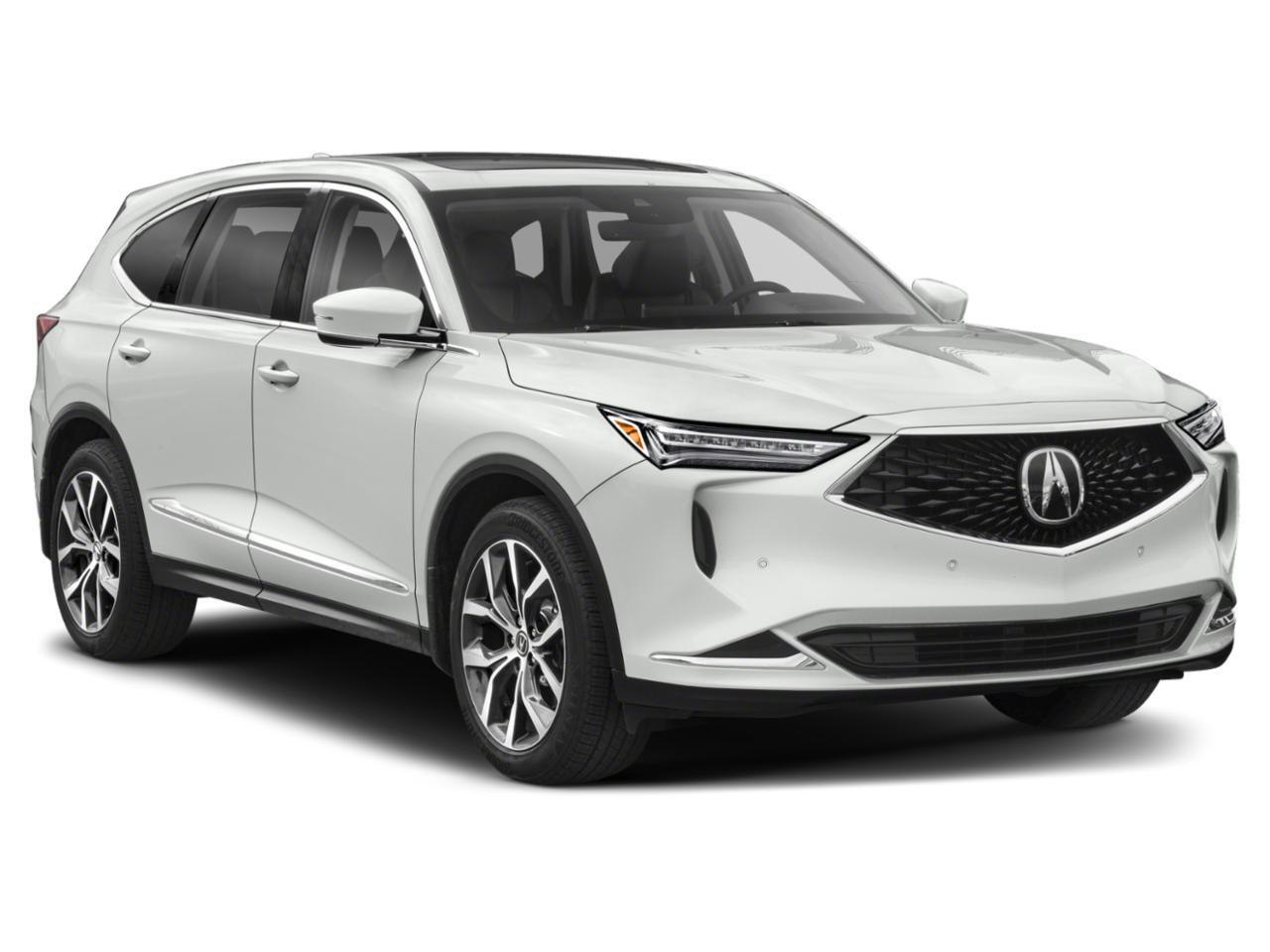Headless Technology: Building Modern Websites
Headless technology sets the stage for a new era in web development, offering a flexible and powerful approach to building modern websites and applications. It separates the content management system […]

Headless technology sets the stage for a new era in web development, offering a flexible and powerful approach to building modern websites and applications. It separates the content management system (CMS) from the front-end presentation, allowing developers to choose the best tools for each part of the project.
This decoupled architecture empowers developers to build dynamic, responsive, and highly personalized user experiences. Headless technology is gaining popularity across industries, from e-commerce to content marketing, as businesses seek to deliver engaging digital experiences that meet the demands of today’s tech-savvy audiences.
What is Headless Technology?

Imagine building a website where you can easily change the content and design without needing to touch the underlying code. This is the core idea behind headless technology. In essence, it separates the presentation layer (what you see) from the content management system (CMS) or data source.
Headless technology allows developers to create flexible and dynamic websites and applications by decoupling the front-end from the back-end. This means that you can use any front-end framework or technology to build your user interface, while your back-end system focuses on managing content, data, and logic.
Headless Architecture Components
Headless architecture typically consists of two main components:
- Content Management System (CMS): This is the heart of the system, responsible for storing, managing, and delivering content. It provides an interface for creating, editing, and publishing content, as well as managing users and permissions.
- API (Application Programming Interface): The API acts as the bridge between the CMS and the front-end. It provides a standardized way for the front-end to access and manipulate content from the CMS. APIs allow developers to fetch data, create new content, and update existing content using code.
Headless Technology vs. Traditional Web Development
Traditional web development approaches typically involve a tightly coupled architecture where the front-end and back-end are integrated. This means that changes to one part of the system often require changes in other parts. Headless technology offers a more flexible and modular approach.
- Flexibility and Scalability: Headless systems are highly flexible, allowing developers to use any front-end technology and easily integrate with various platforms and services. This flexibility also makes it easier to scale websites and applications to meet changing demands.
- Content Independence: With headless technology, content can be accessed and used across multiple channels, including websites, mobile apps, social media, and more. This allows businesses to deliver consistent content experiences to their audiences regardless of the platform.
- Development Speed and Efficiency: By decoupling the front-end and back-end, developers can work independently, leading to faster development cycles and improved efficiency. This also allows for easier collaboration between front-end and back-end teams.
Ultimate Conclusion: Headless Technology
Headless technology is a transformative force in the world of web development, offering a flexible, efficient, and scalable approach to building modern websites and applications. As the digital landscape continues to evolve, headless technology will likely play an even more prominent role in shaping the future of web experiences.
Headless technology is revolutionizing the way we build websites and applications. It allows developers to separate the front-end presentation layer from the back-end logic, creating more flexibility and scalability. Companies like transcend technologies are leading the way in this space, providing innovative solutions that empower businesses to create truly engaging digital experiences.
Headless architecture empowers developers to build custom experiences for any device or platform, ensuring a seamless and consistent user journey.






